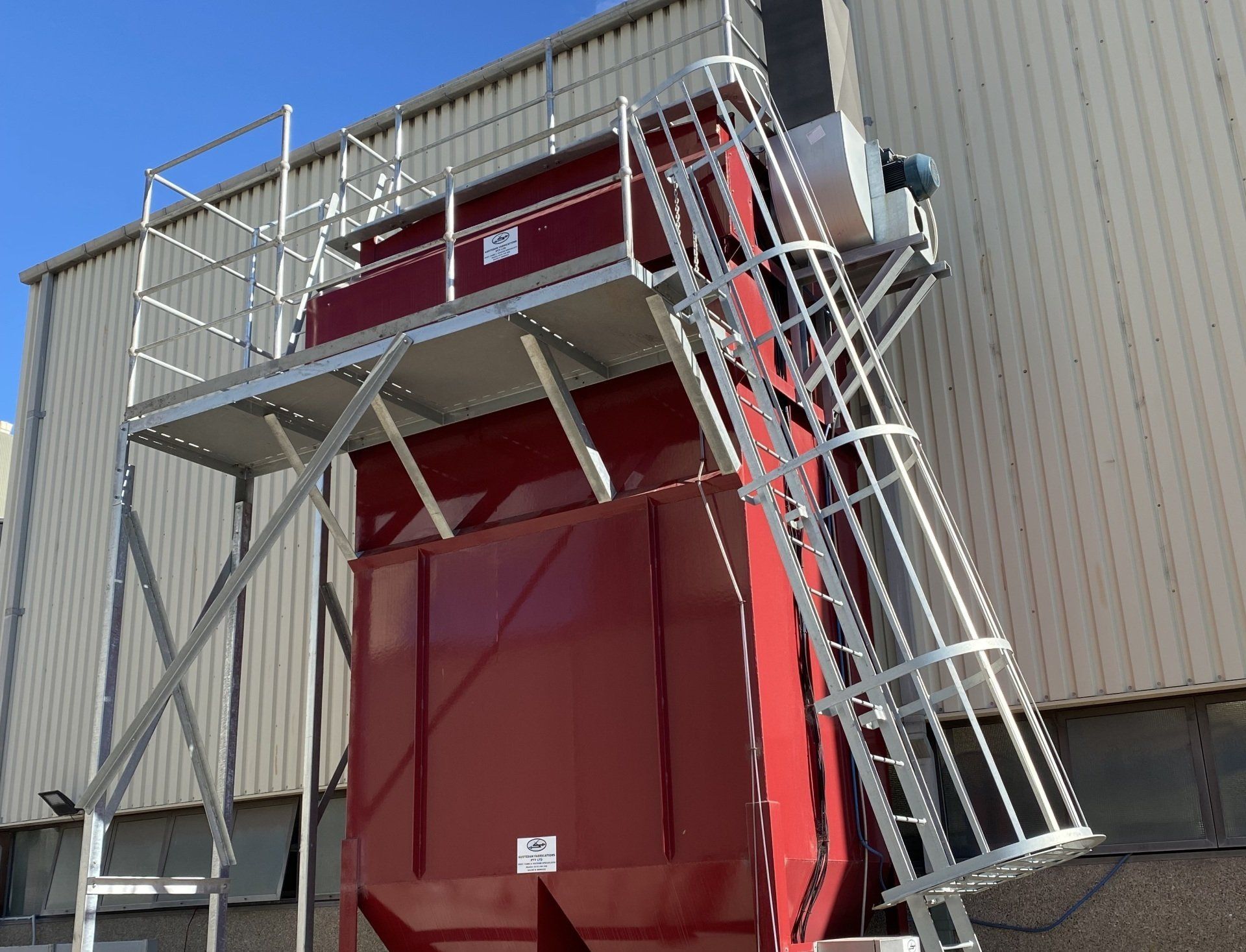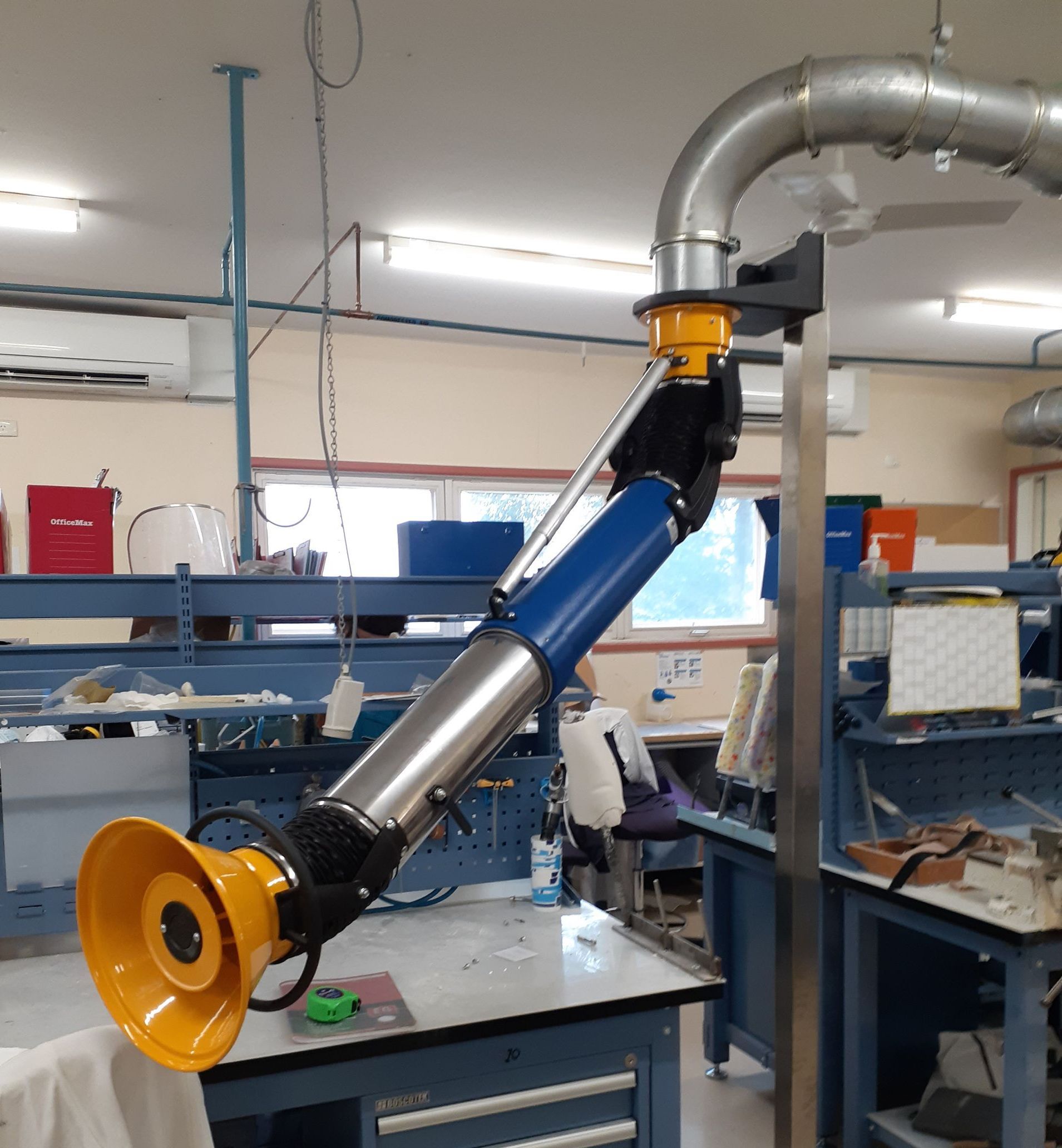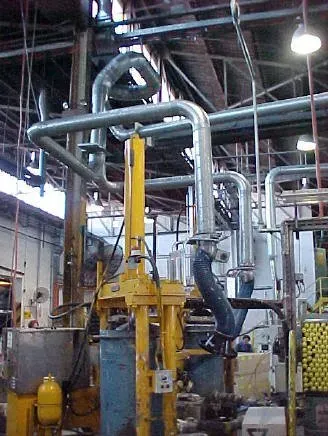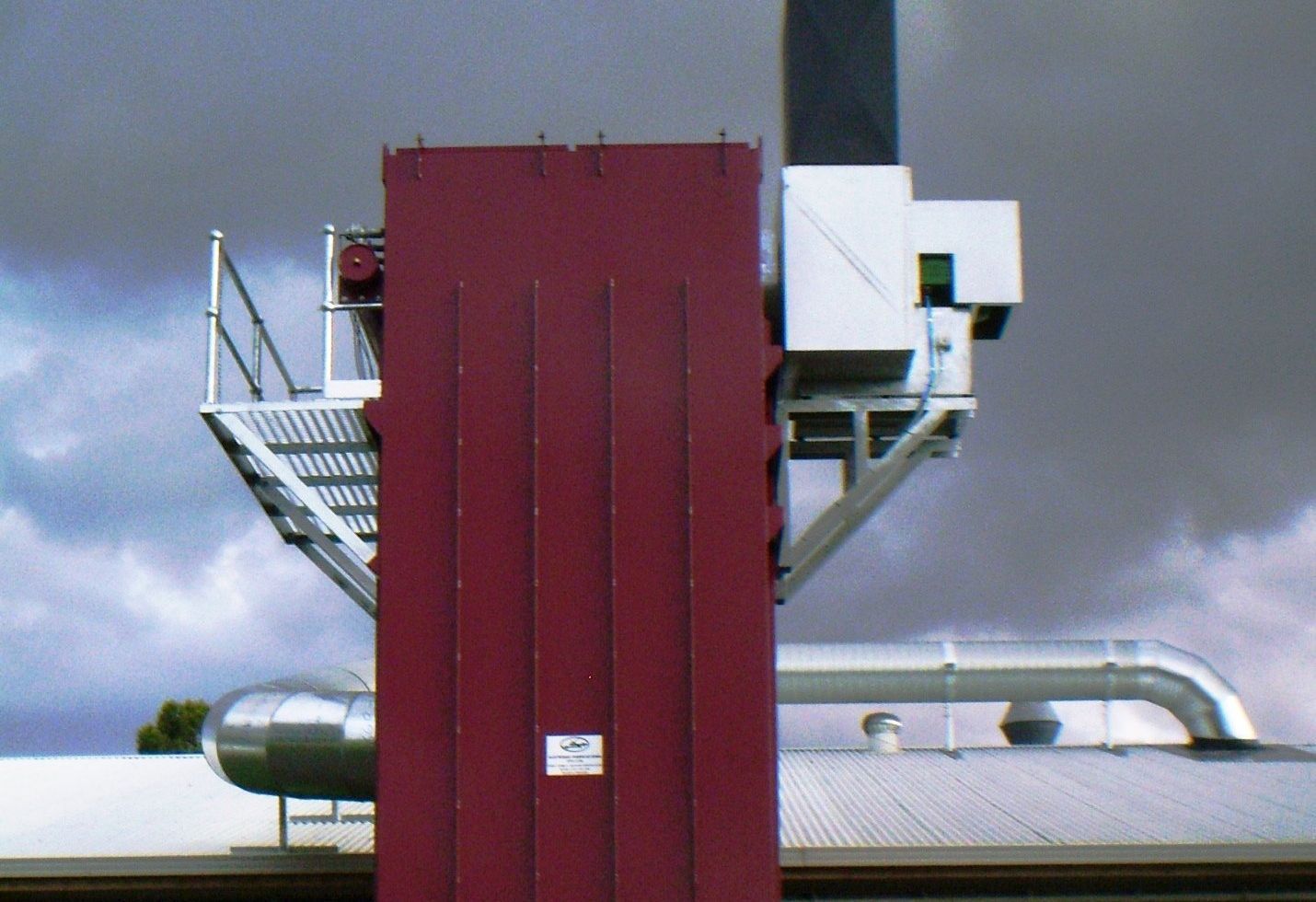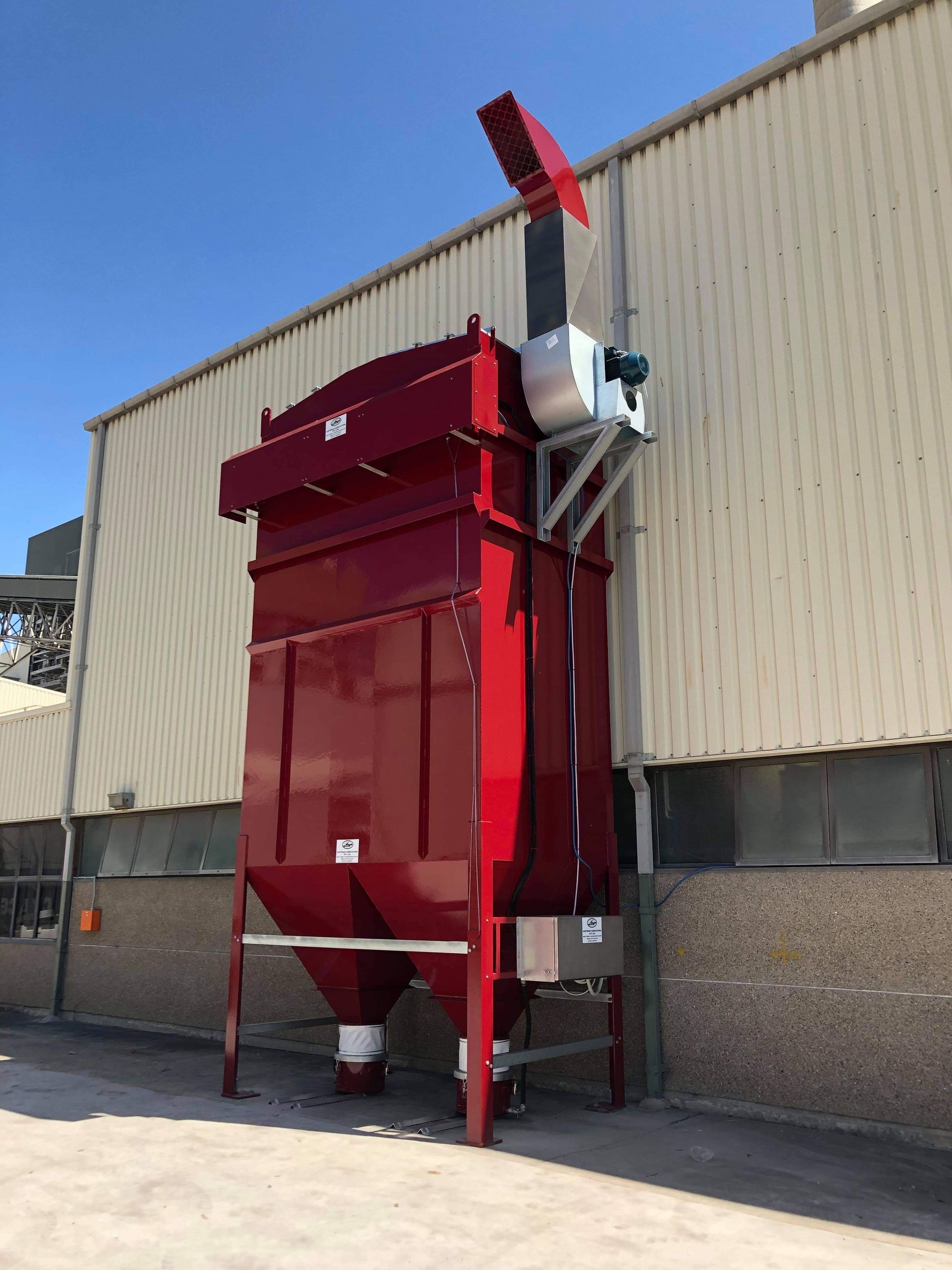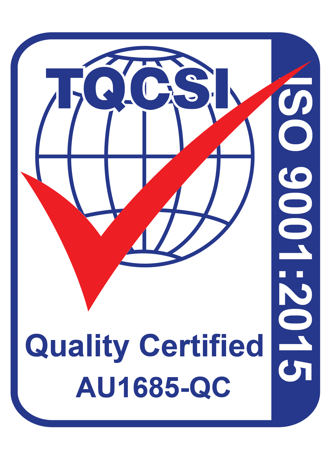Improving Air Quality with Effective Dust Extraction: A Guide for Facility Managers
Maintaining air quality in industrial settings is critical for protecting employee health and ensuring efficient operations. Poor air quality caused by dust, fumes, and other pollutants can lead to serious health issues and decreased productivity. This guide will explore how effective dust extraction can significantly improve air quality, protect your workforce, and enhance the overall performance of your facility.
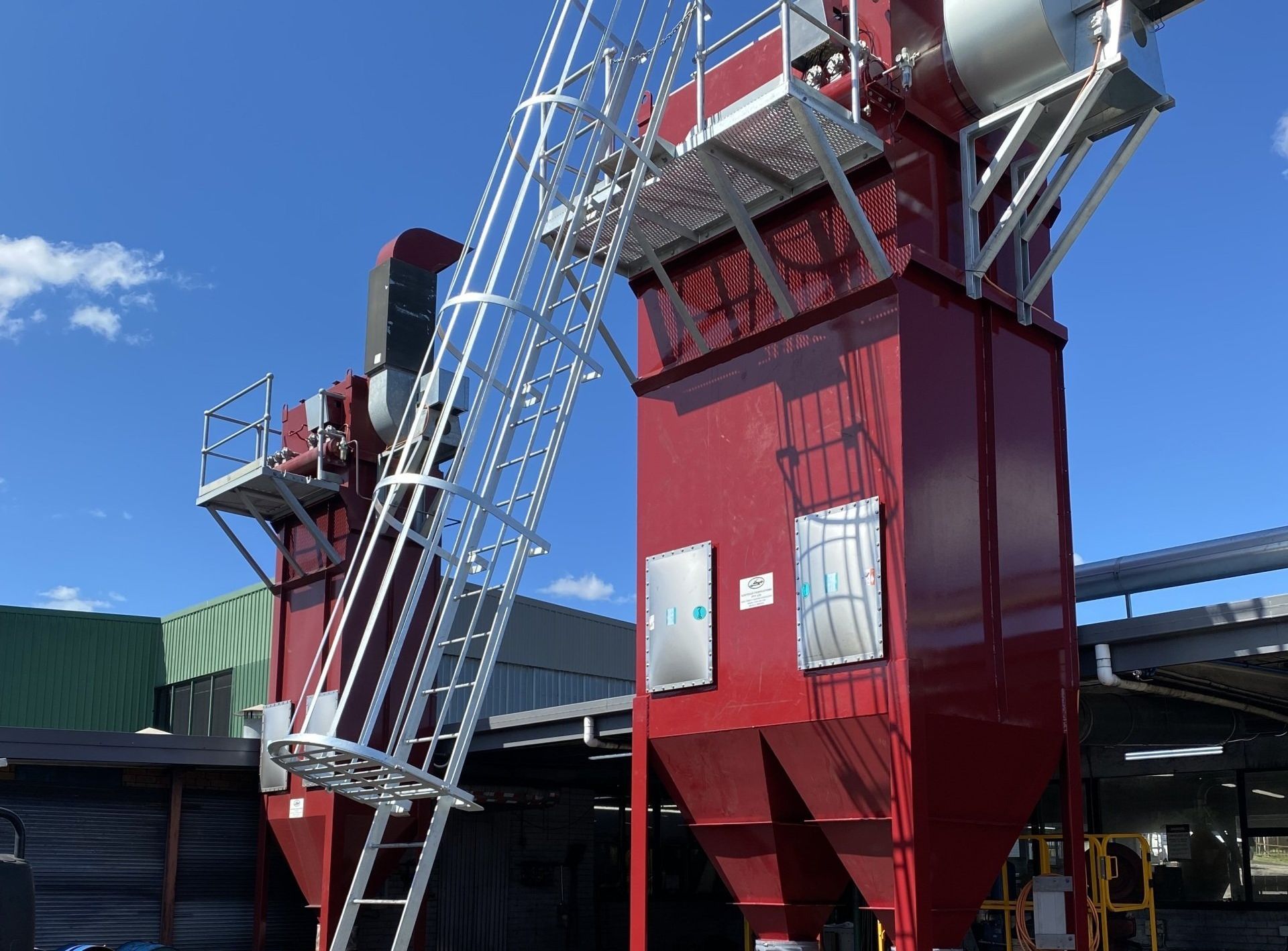
Understanding Dust Extraction Systems
Dust extraction systems are essential tools designed to remove airborne particles from the workplace. These systems filter and control dust, fumes, and debris, ensuring a safer and cleaner environment. Common types of dust extraction systems include:
- Mechanical Ventilation Systems: These use fans and ducts to pull in contaminated air and filter out harmful particles before releasing clean air.
- Air Filtration Systems: Equipped with high-efficiency filters, these systems capture fine particles, allergens, and hazardous dust, improving indoor air quality.
- Local Exhaust Ventilation (LEV): Captures dust and fumes at the source, preventing them from spreading throughout the facility.
Benefits of
Dust Extraction for Industrial Facilities
Implementing an effective dust extraction system offers numerous benefits:
- Health and Safety: Reduces the risk of respiratory diseases, allergies, and other health problems by removing harmful dust from the air.
- Compliance with Regulations: Meets Australian standards for workplace air quality, avoiding fines and ensuring regulatory compliance.
- Enhanced Operational Efficiency: Dust-free environments lead to better machinery performance, less downtime, and lower maintenance costs.
Key Dust Management Strategies
To optimise air quality, consider these key strategies:
- Install the Right Dust Extraction System: Choose a system that suits your facility's specific needs, whether it’s a basic dust collector or an advanced filtration system.
- Regular Maintenance: Clean and replace filters regularly to ensure the system operates efficiently. Routine inspections help prevent clogs and equipment failures.
- Source Control: Use fume hoods, enclosed work areas, and dust suppressors to minimize dust generation at the source.
Compliance and Regulatory Requirements
In Australia, strict regulations govern workplace air quality to protect employees and the environment. Ensuring your dust extraction systems comply with these standards not only safeguards worker health but also helps avoid costly penalties. Regular audits and air quality assessments are crucial in maintaining compliance.
Visit our dust extraction page to learn more.

